Introduction to the Jerusalem Art Museum
The Jerusalem Art Museum stands as a beacon of creativity and cultural heritage in one of the world’s most historic cities. Located in the heart of Jerusalem, this museum serves not only as a place to display artworks but also as a venue for diverse cultural experiences that reflect the artistic expressions of both past and present. The museum is dedicated to showcasing local and international artworks, fostering an appreciation for art in various forms.
Historical Background and Significance
Founded with the mission to promote understanding and appreciation of art, the Jerusalem Art Museum has deep roots that connect to the broader artistic movements within Israel and beyond. Its development mirrors the dynamic changes in Jerusalem itself, a city known for its rich tapestry of cultures and traditions. Established as a response to the growing need for an art institution that would showcase both contemporary and historical works, the museum began curating collections that included an array of artistic styles and mediums.
Architectural Highlights of the Museum
The architecture of the Jerusalem Art Museum is a masterpiece in its own right. Designed to blend harmoniously with Jerusalem’s unique landscape, the museum features both modern and traditional elements. Visitors are greeted by stunning facades that are characterized by local stonework, large glass windows that allow natural light to flood the galleries, and well-appointed exhibition spaces that enhance the experience of viewing art. The design not only reflects aesthetic principles but also embraces sustainability, inviting visitors to engage with art in a thoughtfully curated environment.
Unique Collections and Exhibitions
At the core of the Jerusalem Art Museum’s allure is its impressive collection, which spans several artistic movements and styles. The museum exhibits works from both renowned and emerging artists, with collections that range from modern art to traditional crafts. Special exhibitions are frequently hosted to highlight particular themes or artist retrospectives, ensuring that there is always something new to discover, regardless of when you visit. Additionally, the museum actively acquires new works to maintain its relevance in the contemporary art scene.
Visiting the Jerusalem Art Museum
Opening Hours and Admission Fees
The Jerusalem Art Museum welcomes visitors throughout the week, typically from morning until evening, providing flexible hours for guests to explore the collections at their leisure. Admission fees are structured to make art accessible to a broad audience, with special rates available for students, seniors, and families. Occasionally, the museum hosts free entry days or special events that encourage community involvement and participation.
Accessibility Features for Visitors
Understanding the importance of inclusivity, the Jerusalem Art Museum is equipped with numerous accessibility features. The museum is designed to be navigable by all, including those with mobility challenges. Wheelchair access is available throughout, with ramps and elevators strategically placed for convenience. Visitors can also find auditory and visual aids to enrich the experience, ensuring that all guests can fully engage with the artistic offerings.
Guided Tours and Experiences
For those seeking a deeper understanding of the museum’s collections, guided tours are offered regularly. These tours are led by knowledgeable staff who share insightful information about the history and significance of the artworks. Special themed tours can also be arranged, covering various topics from art history to contemporary culture. This enriches the visitor experience, transforming a standard visit into an educational journey through art.
Art and Culture at the Jerusalem Art Museum
Diverse Artistic Styles Represented
The Jerusalem Art Museum prides itself on its eclectic mix of artistic styles and mediums. From contemporary installations that challenge the status quo to classic paintings that pay homage to tradition, the museum reflects the myriad ways in which art speaks to the human experience. This diversity encourages visitors to engage with art on multiple levels, promoting dialogue and understanding across different cultures and backgrounds.
Special Events and Community Engagement
The museum continually hosts special events that bring the community together, including artist talks, workshops, and interactive performances. These events are designed to foster a vibrant cultural dialogue and enhance community ties through shared artistic experiences. Engaging the public in this way helps demystify the artistic process and encourages individuals to express themselves creatively, making art a part of everyday life.
Collaborations with Artists and Institutions
Collaboration is key to the ongoing mission of the Jerusalem Art Museum. The institution partners with local and international artists, as well as other cultural organizations, to create unique exhibitions and artistic projects. These collaborations broaden the museum’s reach, allowing it to attract diverse audiences and to provide artists with platforms to showcase their work. This synergy enriches the cultural landscape of Jerusalem and contributes significantly to the global art community.
Visitor Experiences at the Jerusalem Art Museum
Reviews and Testimonials
Visitor feedback plays an essential role in shaping the museum’s offerings and experience. Many patrons express appreciation for the welcoming atmosphere, knowledgeable staff, and the richness of the collections. Testimonials highlight how the museum not only showcases art but also provides opportunities for learning and personal reflection. These positive reviews reflect the museum’s commitment to creating a fulfilling environment for all who enter.
Photography Tips for Visitors
News of captivating photography opportunities within the museum has spread, making it a popular spot for both amateur and professional photographers. To make the most of your visit, it’s helpful to keep in mind a few tips: firstly, consider the lighting when choosing your subjects—natural light often enhances the appearance of artwork. Secondly, be respectful of the space; avoid using flash, as it can damage sensitive pieces. Lastly, take your time to explore different angles, as each piece can tell a different story depending on your perspective.
Dining and Shopping Options Nearby
After a day of exploring the captivating artworks, visitors can enjoy a meal at one of the nearby dining establishments that reflect the culinary diversity of Jerusalem. From traditional Middle Eastern dishes to contemporary fusion cuisine, there are ample options to satiate any palate. Additionally, the museum shop offers a selection of unique art-related merchandise, including books, prints, and locally crafted items, allowing guests to take a piece of their experience home.
Conclusion: Why Visit the Jerusalem Art Museum
Reflecting on Artistic Legacies
The Museum’s Role in Cultural Education
Beyond its exhibitions, the Jerusalem Art Museum serves as a hub for cultural education. It actively seeks to educate the public about the importance of art in society, fostering appreciation and critical thinking through its programs. By focusing on art as a means of communication, the museum enhances cultural literacy and inspires future generations to engage with creative expression.
Invitation to Experience the Art
For anyone visiting Jerusalem, the opportunity to explore the Jerusalem Art Museum is not simply an invitation to view art but an invitation to experience the stories, emotions, and connections that art can create. It is a destination that promises inspiration, education, and a deeper understanding of humanity’s artistic spirit.
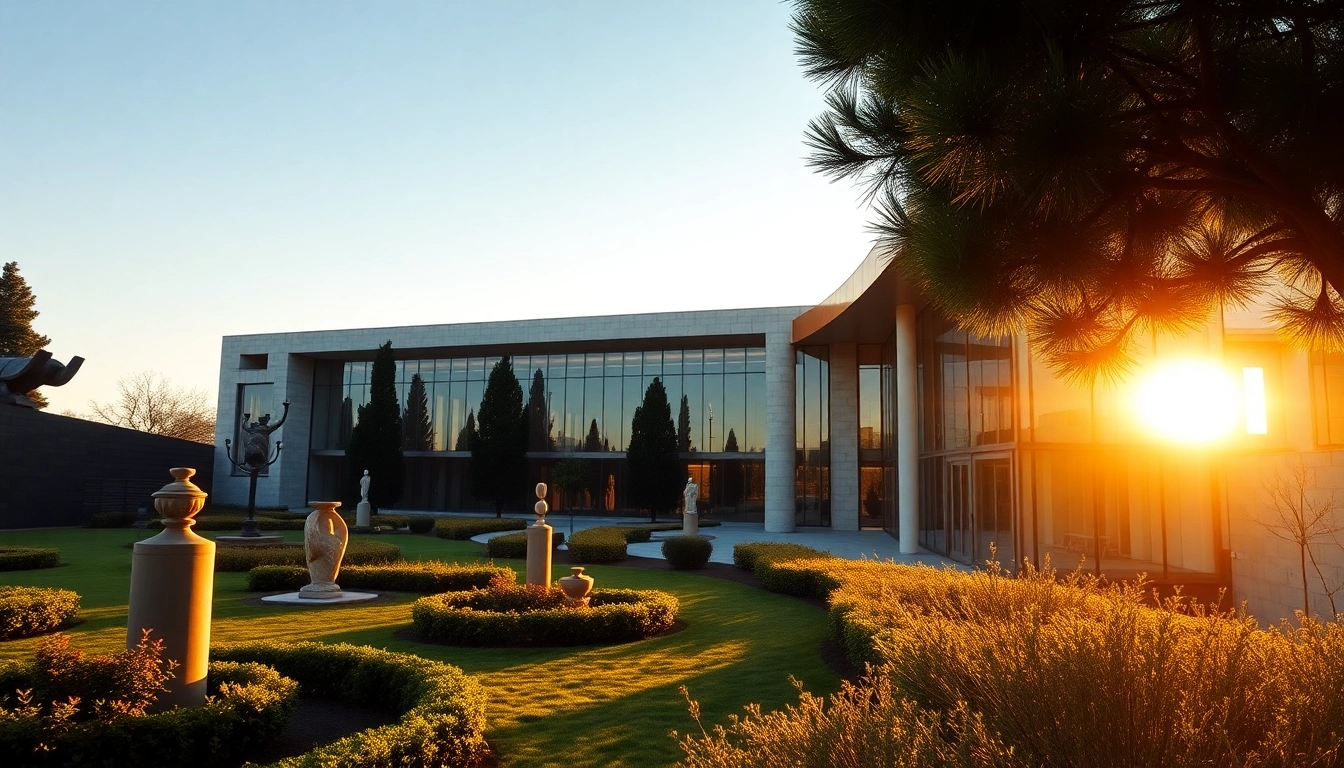



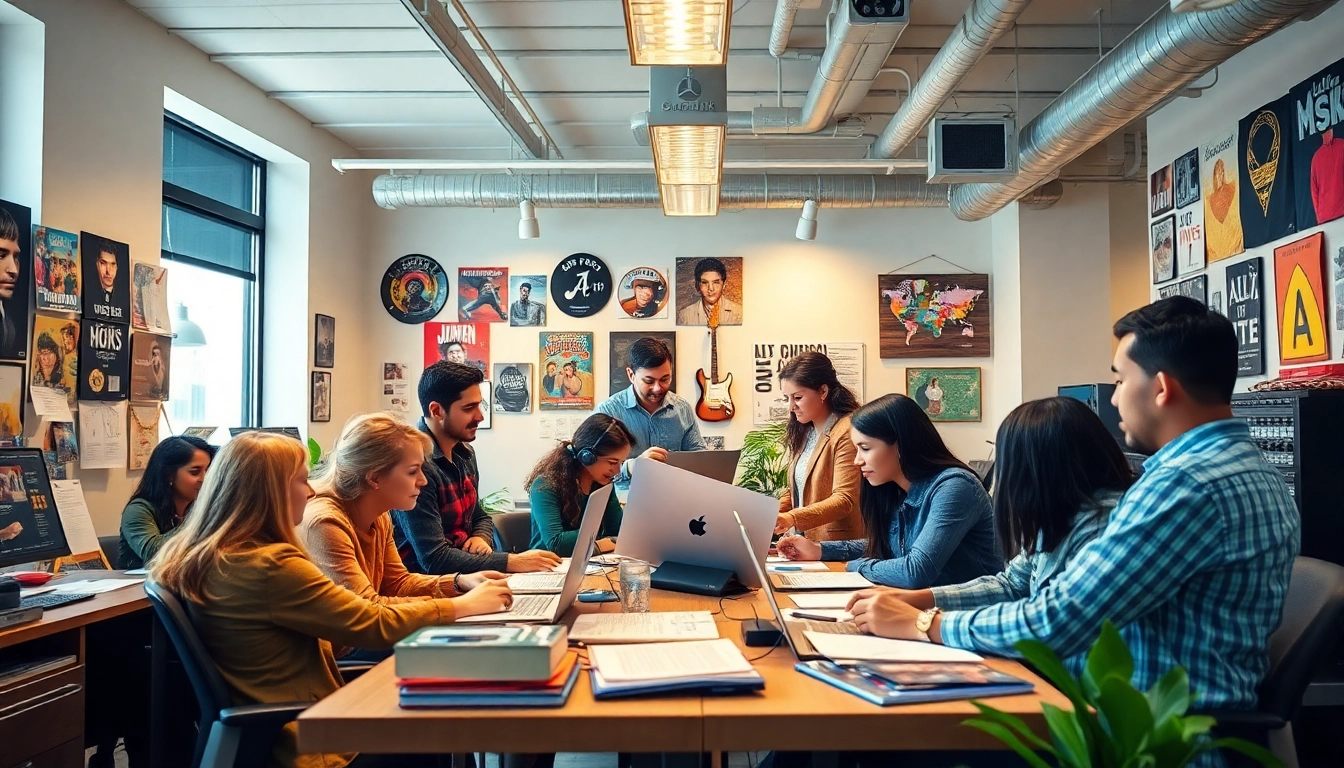



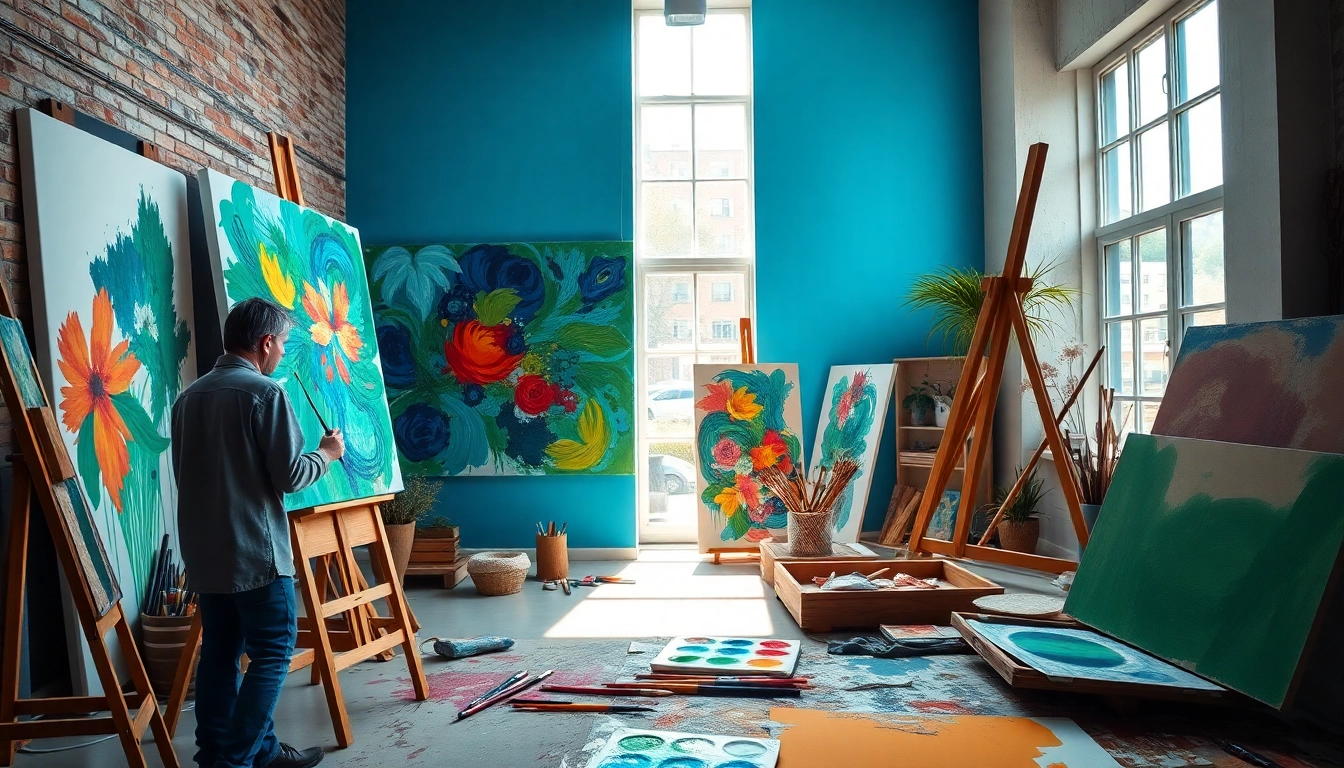
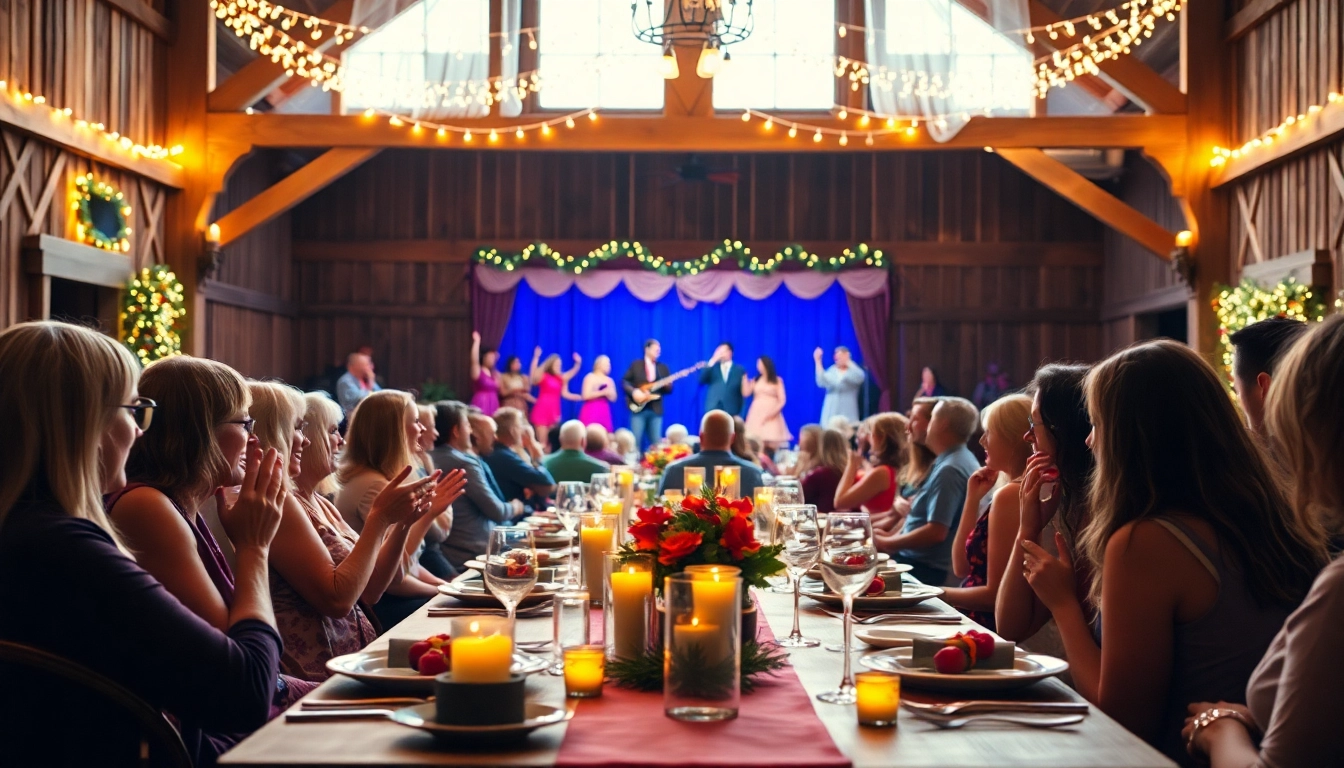


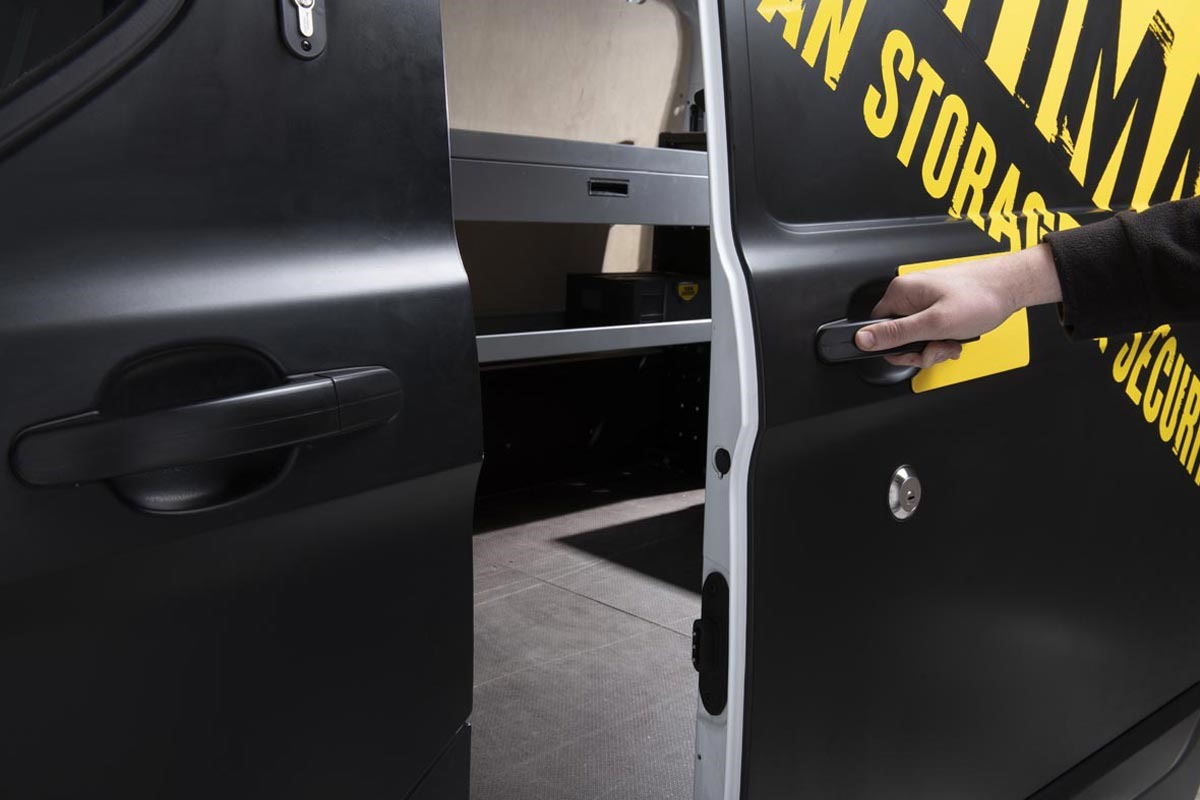


Leave a Reply